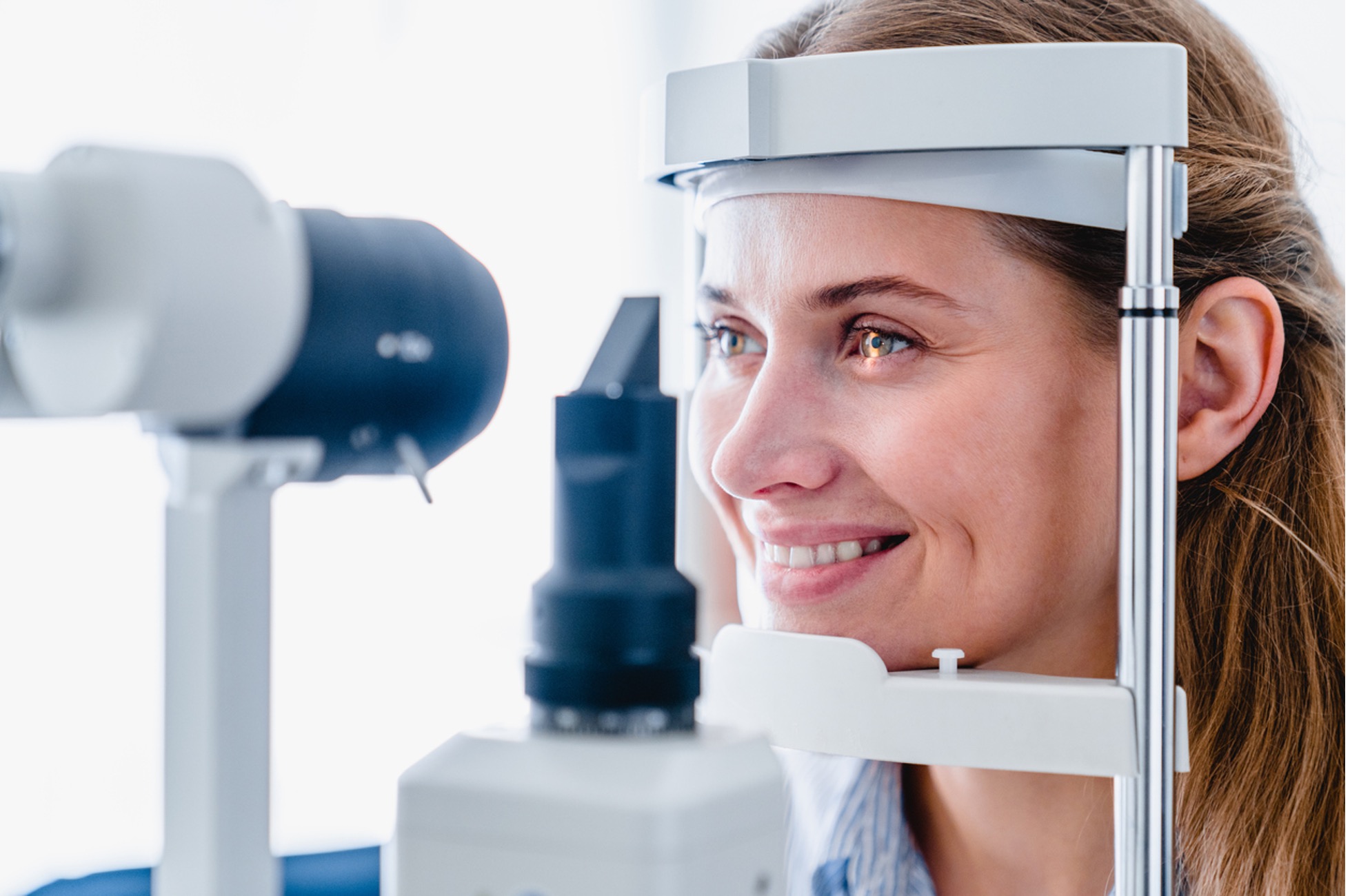Find the Best Glaucoma Service Near Me: Expert Eye Care Solutions
Find the Best Glaucoma Service Near Me: Expert Eye Care Solutions
Blog Article
The Duty of Advanced Diagnostic Devices in Identifying Eye Disorders
In the world of ophthalmology, the application of sophisticated diagnostic tools has changed the early identification and administration of different eye conditions. As the demand for exact and timely diagnoses proceeds to expand, the assimilation of cutting-edge tools like optical coherence tomography and visual field screening has actually come to be important in the realm of eye care.
Importance of Very Early Medical Diagnosis
Early diagnosis plays a pivotal role in the effective administration and treatment of eye conditions. By discovering eye conditions at a very early phase, health care suppliers can supply ideal therapy strategies customized to the certain condition, eventually leading to better outcomes for patients.

Innovation for Discovering Glaucoma
Advanced diagnostic innovations play a crucial function in the early detection and surveillance of glaucoma, a leading reason of irreversible loss of sight worldwide. One such modern technology is optical coherence tomography (OCT), which provides thorough cross-sectional pictures of the retina, enabling for the dimension of retinal nerve fiber layer thickness. This measurement is necessary in examining damage triggered by glaucoma. One more innovative tool is aesthetic field screening, which maps the sensitivity of a person's visual area, aiding to discover any areas of vision loss characteristic of glaucoma. Furthermore, tonometry is used to determine intraocular stress, a major threat factor for glaucoma. This examination is crucial as raised intraocular stress can result in optic nerve damages. More recent innovations like the usage of fabricated intelligence algorithms in examining imaging information are revealing promising results in the very early discovery of glaucoma. These innovative diagnostic tools allow eye doctors to detect glaucoma in its onset, permitting timely intervention and much better monitoring of the condition to avoid vision loss.
Role of Optical Comprehensibility Tomography

OCT's ability to evaluate retinal nerve fiber layer density allows for specific and objective dimensions, helping in the early discovery of glaucoma even prior to visual area defects emerge. Furthermore, OCT innovation permits longitudinal tracking of structural modifications over time, promoting customized therapy plans and prompt treatments to assist maintain clients' vision. The non-invasive nature of OCT imaging additionally makes it a preferred option for monitoring glaucoma progression, as it can be repeated consistently without causing discomfort to the person. Overall, OCT plays an important duty in enhancing the diagnostic accuracy and administration of glaucoma, eventually adding to far better outcomes for individuals in jeopardy of vision loss.
Enhancing Medical Diagnosis With Visual Area Screening
A necessary element in comprehensive ophthalmic evaluations, aesthetic area testing plays a critical role in enhancing the analysis procedure for different eye conditions. By evaluating the full level of an individual's visual field, this examination supplies vital info about the useful stability of the entire important link aesthetic path, from the retina to the visual cortex.
Aesthetic field testing is specifically useful in the diagnosis and monitoring of conditions such as glaucoma, optic nerve disorders, and different neurological diseases that can influence vision. With quantitative dimensions of peripheral and main vision, clinicians can identify refined changes that might indicate the visibility or progression of these problems, even prior to visible signs and symptoms happen.
Furthermore, visual area testing permits the monitoring of therapy efficiency, assisting eye doctors tailor restorative treatments to individual clients. eyecare near me. By tracking changes in visual area efficiency in time, medical care service providers can make educated choices about changing drugs, recommending surgical treatments, or applying other suitable procedures to maintain or improve a client's aesthetic feature
Taking Care Of Macular Degeneration

Conclusion
In verdict, progressed diagnostic tools play an important duty in recognizing eye disorders early on. Technologies such as Optical Coherence Tomography and visual field testing have significantly enhanced the precision and performance of detecting problems like glaucoma and macular deterioration.
Report this page